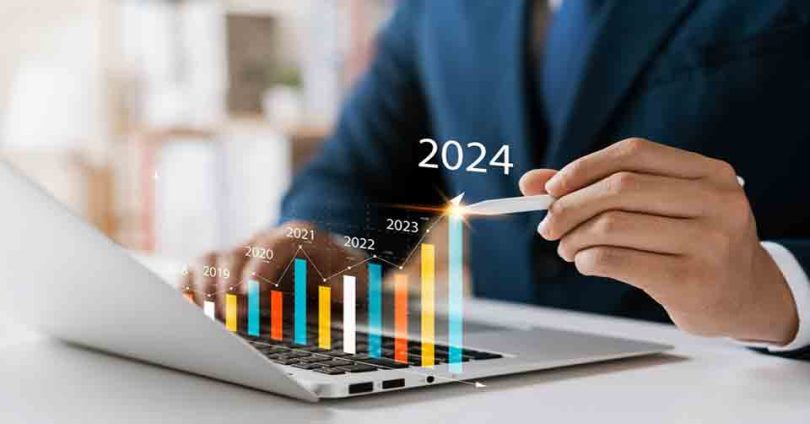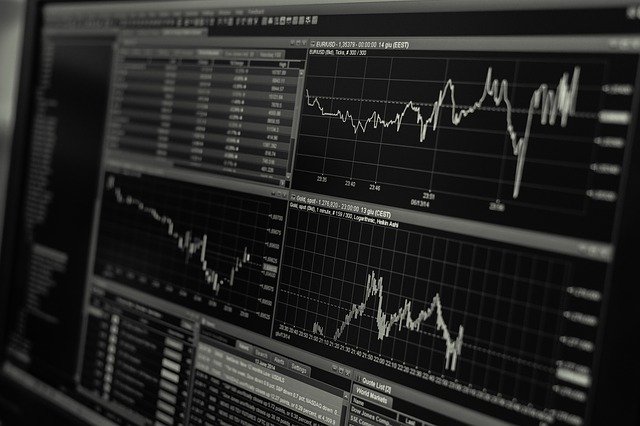Economic Growth and Development: A Comprehensive Overview
Economic growth and development play a crucial role in the prosperity and well-being of nations. It is a complex and multifaceted process influenced by various factors. In this article, we will explore the key drivers of economic growth, including consumer spending, business investment, tax cuts and rebates, deregulation, and infrastructure spending. By understanding these factors, we can gain insights into how economies can thrive and evolve over time.
Consumer Spending: Fueling Economic Growth
Consumer spending is a fundamental driver of economic growth. When consumers have the means and confidence to spend, businesses flourish, creating a positive ripple effect throughout the economy. In the United States, consumer spending has historically played a significant role in driving economic growth. For example, when consumers buy homes, it stimulates the construction industry, creating jobs and increasing demand for related goods and services.
Businesses also contribute to economic growth by hiring workers, raising wages, and investing in their expansion. A company that invests in new technologies or expands its manufacturing capabilities generates job opportunities and additional spending, further fueling economic growth. It is a symbiotic relationship, benefiting both businesses and the broader economy.
To promote consumer spending, policymakers often implement strategies such as tax cuts and rebates. By putting more money back into the pockets of consumers, these measures aim to stimulate spending at businesses, leading to increased revenues and cash flows. Companies can then utilize these resources to invest in capital, technology, and growth, driving productivity and economic expansion.
Deregulation: Spurring Economic Growth Through Flexibility
Deregulation, the relaxation of rules and regulations imposed on industries and businesses, has been credited with fostering economic growth. Proponents argue that excessive regulations hinder business growth and productivity. By loosening these constraints, businesses can operate more efficiently, leading to increased production, hiring, and ultimately, GDP growth.
Historically, deregulation gained prominence during the Reagan administration in the 1980s. The deregulation of industries, particularly financial institutions, is often associated with the robust economic growth experienced by the United States during the following decades. Critics, however, point to instances where deregulation led to economic bubbles and subsequent crises, such as the 2008 financial meltdown.
While deregulation can spur growth, it must be accompanied by effective oversight to prevent excessive risk-taking and potential market failures. Striking the right balance between regulation and flexibility is essential for sustainable economic development.
Tax Cuts and Rebates: Empowering Consumers to Drive Growth
Tax cuts and rebates are powerful tools used by governments to stimulate economic growth. By reducing the tax burden on individuals and businesses, more money is available for consumption and investment. This additional cash flow can lead to increased business revenues, investment in capital and technology, and overall economic expansion.
In 2017, the Trump administration passed the Tax Cuts and Jobs Act, which significantly lowered corporate and personal income tax rates. The objective was to boost economic growth by putting more money into the hands of consumers and businesses. While the impact of these tax cuts on economic growth is difficult to isolate from other factors, proponents argue that they provide individuals and companies with the means to stimulate the economy through increased spending and investment.
However, it is crucial to consider the long-term effects of tax cuts and rebates. While they can provide short-term stimulus, they must be balanced with sustainable fiscal policies to avoid potential negative consequences such as budget deficits and debt accumulation.
Infrastructure Spending: Building the Foundation for Economic Growth
Infrastructure spending plays a vital role in economic development by creating jobs and enabling businesses to operate more efficiently. When governments invest in infrastructure projects such as roads, bridges, and ports, they not only generate immediate employment opportunities but also lay the groundwork for future growth.
Efficient infrastructure allows businesses to transport goods and services more effectively, reducing costs and increasing productivity. For example, well-maintained roads and bridges enable smoother transportation, reducing congestion and delivery times. This, in turn, enhances business operations and contributes to economic growth.
During the Great Recession, the Obama administration implemented the American Recovery and Reinvestment Act of 2009, which included significant infrastructure spending. By allocating federal funds to highways, bridges, and roads, the government aimed to create jobs in the struggling construction sector and stimulate economic growth. Infrastructure projects can have a multiplier effect, attracting additional investments and sparking new economic activity in related industries.
The Interplay of Factors: Achieving Balanced Economic Growth
EconomicGrowth and development are complex processes influenced by a combination of factors. While consumer spending, business investment, tax cuts, deregulation, and infrastructure spending are key drivers, their effectiveness and impact on growth depend on various contextual factors. Achieving balanced and sustainable economic growth requires careful consideration of these interrelated factors.
For instance, while tax cuts can stimulate spending and investment, they must be accompanied by sound fiscal policies to avoid long-term repercussions. Similarly, deregulation can foster innovation and entrepreneurship, but effective oversight is necessary to prevent market failures and protect consumers.
Furthermore, the interplay of these factors can differ across nations and regions. Each economy has its unique strengths, challenges, and policy priorities. Tailoring strategies to specific circumstances is essential for maximizing the potential for economic-growth and development.
Conclusion
EconomicGrowth and development are the cornerstones of prosperous societies. Understanding the drivers of growth, including consumer spending, business investment, tax policies, deregulation, and infrastructure spending, provides valuable insights into how economies can flourish. By leveraging these factors effectively and maintaining a balanced approach, policymakers can foster sustainable and inclusive growth, benefiting individuals, businesses, and the broader society. As we navigate an ever-changing global landscape, continued research and analysis of these factors will guide us in shaping economies that promote long-term prosperity and well-being.
Read More:







Leave a Comment